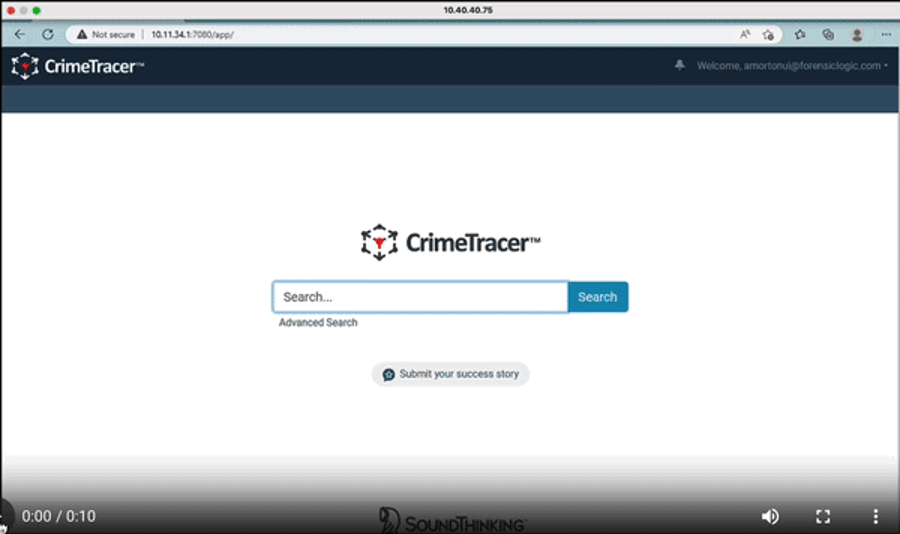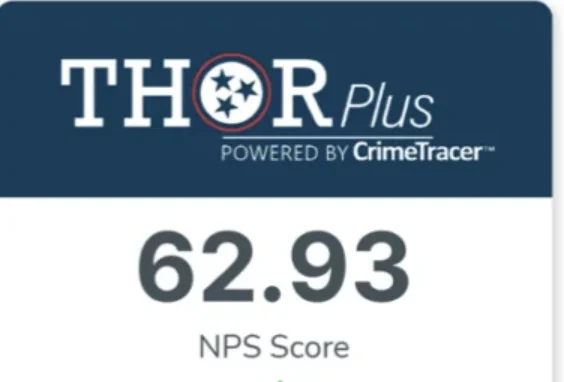A magical source for all investigatory answers does not exist in law enforcement. In today’s world, where we can Google search anything, having the ability to search data from across law enforcement seems plausible but is not yet practical. Using a crystal ball or hitting the ‘easy’ button would be helpful, especially in convoluted and messy investigations. The quick search of multiple databases at different levels of law enforcement is not done in seconds, as seen on television crime shows. While it may seem easy to those watching TV, data sharing between law enforcement agencies is much more complex, involving multiple considerations across numerous data sources.
Data Sharing at the Right Scale
Finding the right way to share and the right amount of data to share can be problematic, not only from a technical but also from a budgetary aspect. Data aggregation, or storing a copy of the data, is one option. Federation, which opens your data for searching to let data be ‘retrieved,’ is another. Along with considering how you share your data, understanding the level of data sharing—micro or macro—should also be considered.
National Crime Information Center (NCIC) is an example of a macro or larger-scale, national data-sharing platform. A micro-level platform could be a Computer Aided Dispatch (CAD) and Records Management System (RMS) that shares information through a CAD-to-CAD integration or an RMS data query option between agencies using the same RMS.
Storing Data
The shared data is housed in a data warehouse through regular data dumps, where anyone accessing the data storage with proper credentials can query it. This type of data sharing uses aggregation or storage of the data. Data may also be queried remotely using Federation, which allows dynamic or real-time searching of your data by those accessing the platform to search the data.
Ask how your agency would query other data and what you expect to gain from sharing data. Know if your agency benefits from real-time queries of regularly updated data and if searching data more in-depth to locate known associates, residences, vehicles, and other non-obvious relationships would be helpful occasionally or more frequently. Consider the initial and recurring costs and know how much staff time needs to be allocated for data sharing. Many states and other sharing consortiums are involved in data-sharing initiatives at a statewide or regional level that may be of benefit.
Measuring Value and Effectiveness
Macro data-sharing solutions at a statewide or national level may require little to no funding investment to share data. Those macro-level data systems may be beneficial for their cost, but some macro-level solutions cannot perform a deep-dive search of various record types, associations, and jurisdictions that can help an investigation. The benefits of advanced data sharing and the staff time saved during investigations can provide value that outweighs the initial investment costs and recurring fees.
The breadth of data through more jurisdictions sharing their data can be beneficial, as can the depth of data each agency shares. Combining the breadth and depth of data shared increases the number of sources, shared data types, and complexity of queries, significantly increasing the data available to search and creating a more substantial value. The amount of historical data available also provides value in searching.
Structured or Unstructured
Structured data is traditional information, such as name, date of birth, and other identifiers. That master index for the person connects to additional records such as vehicles, addresses, incidents, and more. The structured data provides the basic details, much like the synopsis of the story found on the dust cover of a book. Investigations often require more detailed information. That is where unstructured data sharing comes into play.
Unstructured data looks at more links than just the aggregated involvements. For example, structured data will return entries precisely matching white males within a specified age, height/weight range, with dark hair. Unstructured data might then allow a search to connect those matches with links to a specific vehicle or location. Manually finding these connections takes large amounts of staff time, assuming the data is shared.
Four V’s of Big Data
The term ‘big data’ is generally associated with volume or amount of data. This concept alone becomes less daunting as technology improves and data storage increases while remaining cost-effective. However, as with any data-sharing project, the magnitude of involvement, ability to keep data mapped correctly to be searchable, and reliability of the data are crucial to successfully sharing data.
The variety of data being stored, such as larger image or video files, may slow down searches, and others such as graph or geospatial data can come in distinct formats depending on the source system’s infrastructure. The more the system is updated and/or queried during peak times affects velocity, or how the system handles sending, receiving, cataloging, gathering, and serving the data at scale. And the quality and accuracy, or veracity, of the data being shared, must also be maintained and documented to support a prosecutable case.
Data Sharing is the Future
Crime and criminals are not bound by jurisdictional boundaries. Law enforcement agencies that can apply more detailed query tools into other agencies’ data, especially neighboring and regional records, will be more successful in identifying suspects and ultimately solving crimes.
Everyone in law enforcement needs to know more about the multiple dimensions of data sharing, the capabilities of enhanced data sharing, and what that could mean for criminal investigations, intelligence gathering, and crime analysis. Download our white paper “Law Enforcement Data Sharing Strategies” for a more in-depth look.




